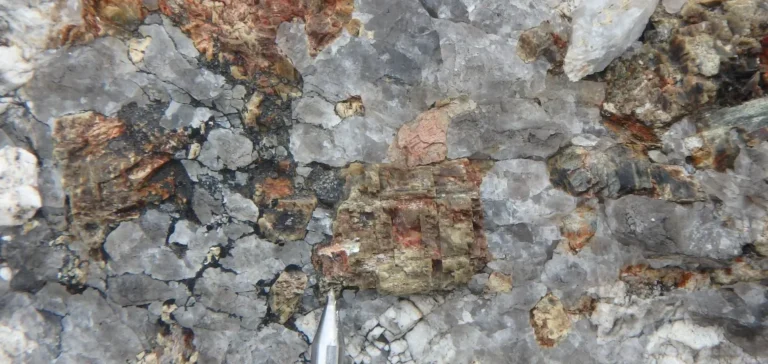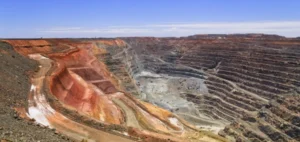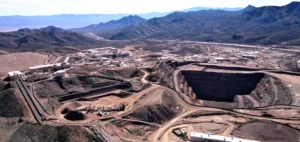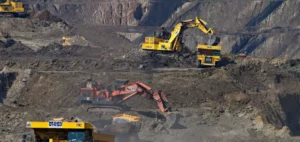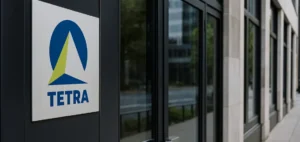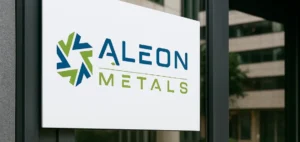Comet Lithium Corporation announced the full receipt of assay results from its exploration campaign conducted from June 25 to 30, 2025, on its Elmer East project, located in the Eastmain greenstone belt in northern Québec. The company discovered a lithium–cesium–tantalum (LCT) pegmatite hosting spodumene, with high concentrations of critical minerals found in the first samples. This discovery comes after a week of exploration in a previously unsurveyed area.
The newly identified pegmatite measures between 1 and 2 meters in width and extends approximately 80 meters in outcrop. It remains open to the east, with a narrow termination to the west. Two samples taken 65 meters apart from this dyke revealed grades of 1.86% and 1.89% lithium oxide (Li₂O), as well as concentrations of 2.45% and 1.45% cesium oxide (Cs₂O). These results, deemed exceptional due to their rarity in the industry, are accompanied by elevated levels of rubidium (up to 0.42% Rb₂O), tantalum (up to 745 ppm Ta₂O₅), and gallium (75 ppm).
Geochemical Indicators and Regional Potential
Outside of the main dyke, the analysis of 252 samples collected on the property highlighted favorable potassium/rubidium ratios along a six-kilometer corridor east of the discovery. These geochemical signatures, typical of evolved LCT systems, suggest extensive mineralization and enhance the potential of the Elmer East project. Seven samples show rubidium grades above 1,000 ppm, including three exceeding 2,000 ppm. Significant gallium concentrations were also recorded.
The local geological environment is marked by a regional NNE–SSW-trending structure, interpreted from magnetic data, crossing amphibolites as well as tonalitic and pegmatitic intrusions. The area exhibits a rock exposure rate estimated at 75%, and the discovered dyke remains open to the east, suggesting further potential extensions.
Strategic Market Positioning of Cesium
Cesium is one of the rarest critical minerals, with commercial supply historically concentrated in three deposits: Tanco (Canada), Bikita (Zimbabwe), and Sinclair (Australia). The latter is now depleted. Global supply currently relies primarily on the Tanco site, with few known alternatives. Cesium is classified as a strategic mineral by the United States, Canada, and the European Union due to its specialized applications in advanced technologies, precision instruments, drilling fluids, and defense.
The scarcity of active deposits containing cesium at mineable grades positions the Elmer East discovery as a point of interest for sector analysts. If the identified potential is confirmed in future campaigns, it could reposition this part of northern Québec on the critical minerals mining map, especially in a context where supply chains are seeking to reduce reliance on single-source origins.


